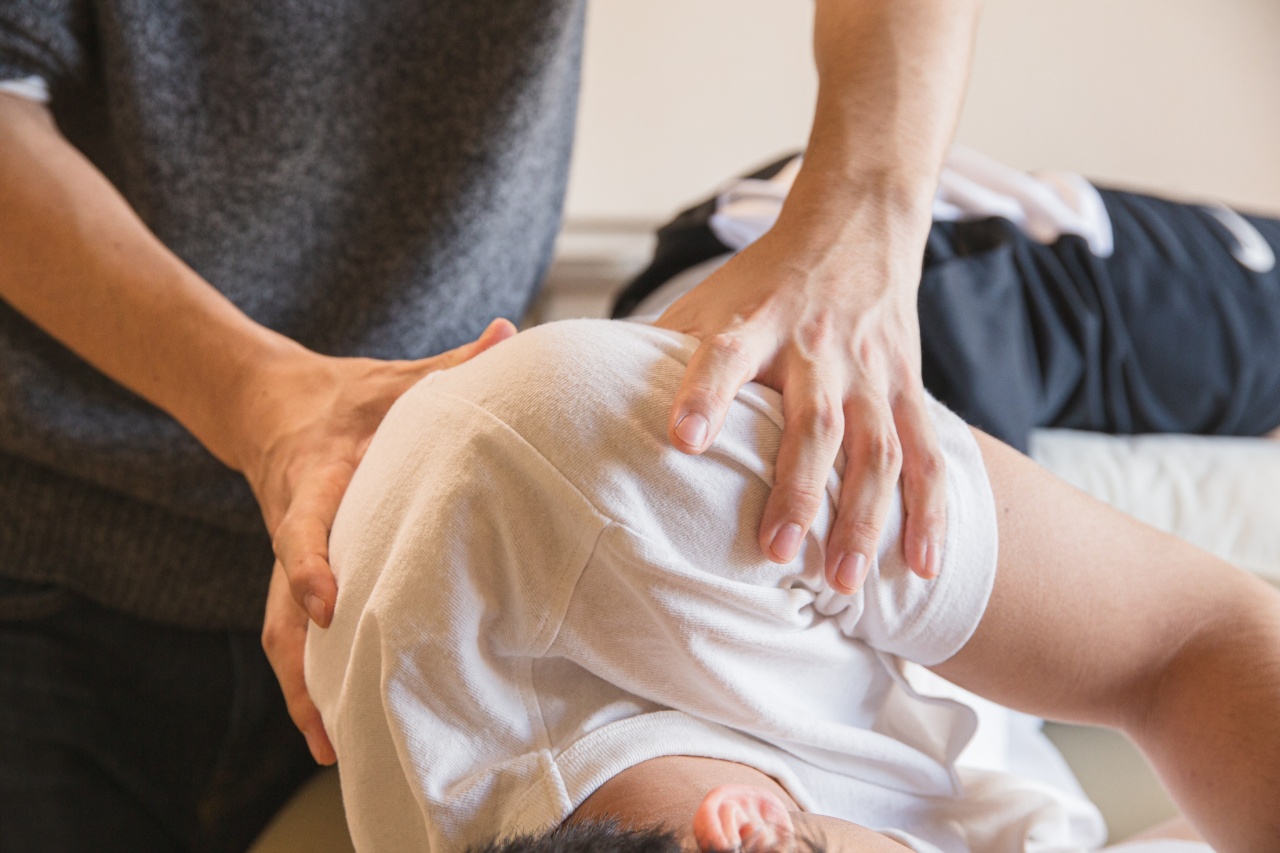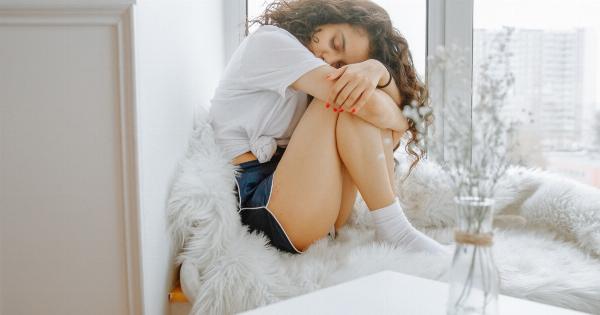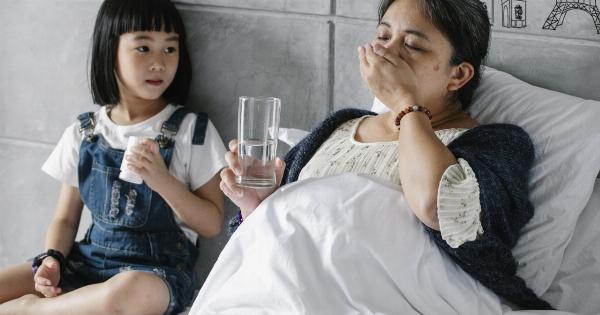Menstrual pain is a common experience for many adolescent girls and can vary in intensity from mild discomfort to severe pain. Menstrual cramps or dysmenorrhea can cause significant distress and affect daily activities.
It is important for parents, caregivers and healthcare providers to understand the various treatment options available to alleviate this pain.
Understand the Cautionary Signs
While pain during menstruation is common, there are a number of red flags that parents and healthcare providers should look out for.
If a teenager experiences sudden, severe abdominal or pelvic pain during her menstrual cycle, then this may be a sign of a serious underlying condition, such as endometriosis or ovarian cysts. Other cautionary signs include vomiting, heavy bleeding, fever, and pain during sexual intercourse. In such cases, immediate medical assistance should be sought.
Non-pharmacological Treatment Options
There are several non-pharmacological remedies that can be effective in reducing menstrual pain. Exercise is one of the most effective pain relievers and can help to counteract the muscle tension in the uterus.
Light stretching, yoga, and gentle abdominal massages can also provide pain relief. Additionally, applying heat to the abdominal area, either through a hot water bottle or a heating pad, can help to relax the muscles and minimize discomfort.
Herbal remedies like ginger tea, chamomile tea, and turmeric can also be used to decrease pain and inflammation.
Pharmacological Treatment Options
Over-the-counter pain relievers such as acetaminophen and ibuprofen can be highly effective in managing menstrual pain.
These medications work by blocking the production of prostaglandins, which are hormone-like substances that cause the uterus to contract. Prescription-strength nonsteroidal anti-inflammatory drugs (NSAIDs) like naproxen and mefenamic acid can also be prescribed to manage severe or persistent pain.
Hormonal contraceptives like birth control pills, patches, and vaginal rings can help regulate menstrual cycles and relieve pain by reducing the production of prostaglandins.
Complementary and Alternative Medicine (CAM) therapies
Complementary and alternative therapies are increasingly being used to treat menstrual pain. Acupuncture, which originated in China, involves the insertion of fine needles at specific points along the body to stimulate energy flow.
Acupuncture has been found to be effective in relieving pelvic pain, and menstrual cramps. Aromatherapy involves using essential oils, like lavender oil, that can help reduce menstrual pain, anxiety, and promote relaxation.
There is also some evidence to suggest that transcutaneous electrical nerve stimulation (TENS) can be helpful for relieving menstrual pain. TENS involves the use of electrical pulses to stimulate the nerves and reduce the sensation of pain.
When to Seek Medical Help
If menstrual pain persists despite the use of non-pharmacological and pharmacological treatment options, or if there are additional symptoms like heavy bleeding, nausea, vomiting or fever, a medical consultation may be needed.
An Ob/Gyn can rule out underlying conditions, like endometriosis, fibroids, or ovarian cysts that may be causing persistent menstrual pain and in some cases may prescribe stronger medication or recommend surgery.
Conclusion
Menstrual pain is a common experience for young girls and can cause significant discomfort and disruption to daily activities.
Healthcare providers, parents and caregivers should be aware of the various treatment options available to alleviate this pain, ranging from non-pharmacological remedies such as exercise and heat therapy to pharmacological treatments like over-the-counter and prescription pain relievers. Alternative therapies like acupuncture, aromatherapy and TENS can also be effective in relieving menstrual pain. If menstrual pain persists, additional symptoms manifest, medical consultation should be sought.





























